Could Mini have survived to a third-generation model without the involvement of BMW?
There are cold-eyed City analysts who will tell you that although Mini made a profit on every car it sold — often quite a healthy profit — it probably did not fully pay back the big industrial investment.
Indeed, until the launch of the Mini Countryman, Mini was only selling just over 200,000 cars a year across five model lines. Could BMW have sensibly invested in a new platform, new tooling and a range of five models on sales of 200k? Probably not. The Countryman helped the case for Mini by adding 100,000 sales a year.
About four years ago, BMW decided to start building front-drive cars under its own badge. By building two ranges of front-wheel-drive (and all-wheel-drive) cars, BMW can dramatically improve the profitability of the Mini range.
So now it’s time for Mini to get serious. Design is under the control of Anders Warming, who will have overseen all of the new Mini designs that will come after the new three-door hatch. Mini plans to add at least three new body styles. The saloon will be primarily aimed at booming Asian cities. Mini will also get a proper baby MPV, and in turn the Countryman will become more of a true compact SUV and less of an oddly proportioned supermini.
Perhaps the model that will do most to drive Mini sales up will be the new five-door hatchback. It is not much longer than the three-door, but BMW has squeezed in a pair of conventionally hinged rear doors primarily designed to accommodate children. Three-door superminis are slowly being dropped because of tiny sales, so it shows the potential for a five-door Mini.
Later this month Mini will reveal its new marketing line ‘Not Normal’ on a series of three posters. This campaign is understood to push the idea that Mini owners are strongly individual and creative.
There’s also a more radical decision to be made by Mini in the near future: will it piggyback the BMW electric scooter project and build a two-wheeled Mini to exploit the massive Asian market for such city transport?
UKL1: BMW’s massive investment
THE UKL1 platform is a massive investment for BMW, but it is one that could, according to analysts, eventually allow BMW to produce more than 900,000 cars per year. So far, the company has remained tight-lipped about the amount it has invested, but an all-new platform and the equipment needed for four different production sites won’t have been cheap.

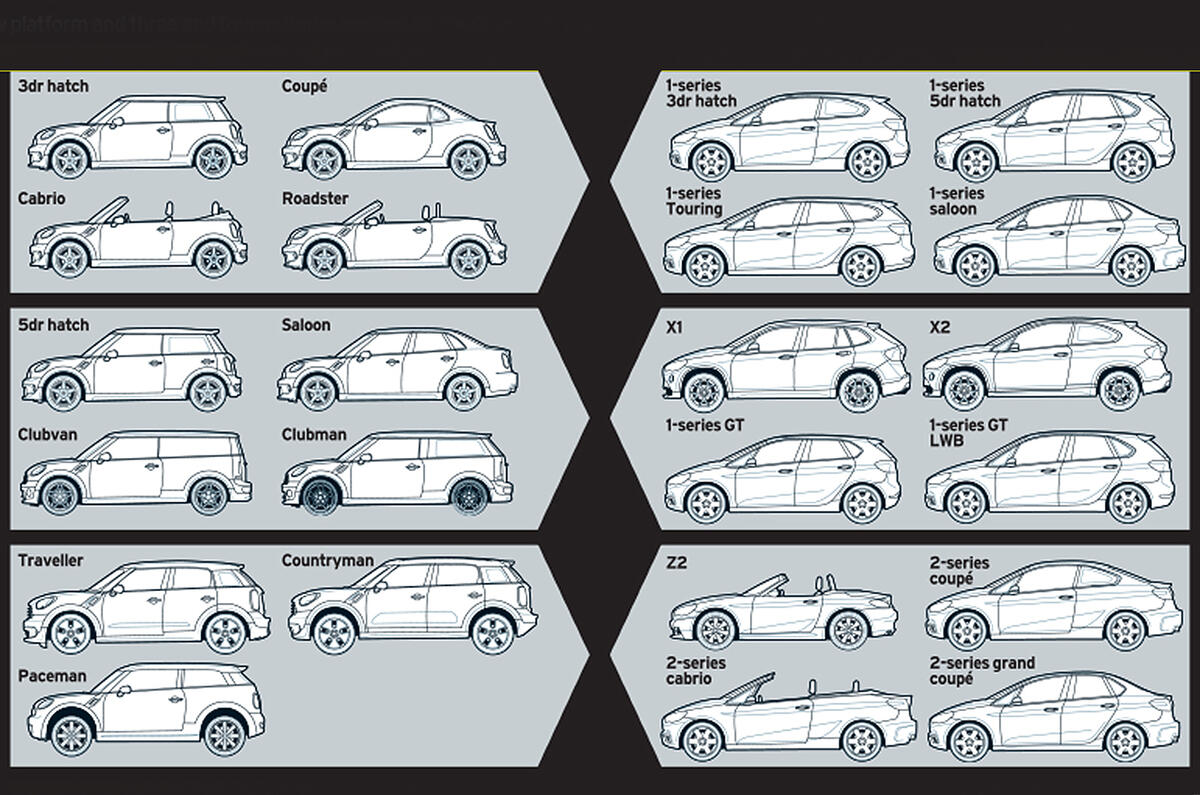
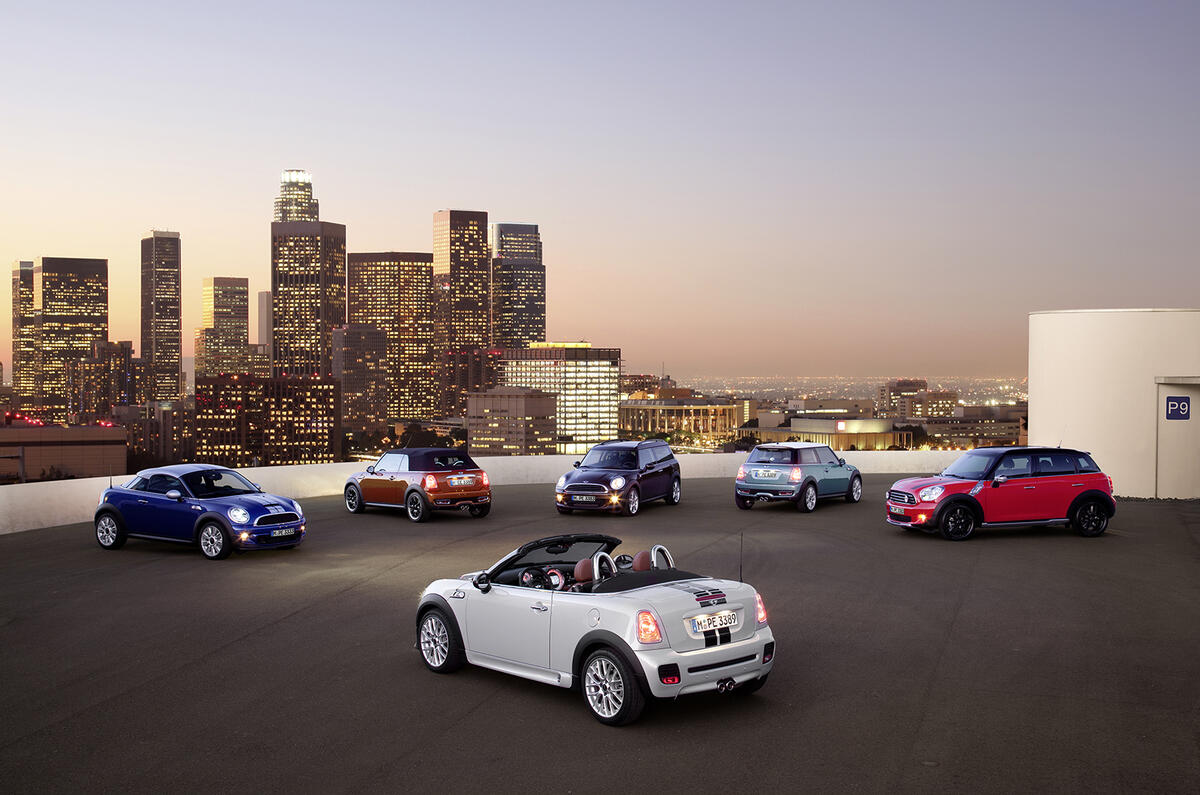
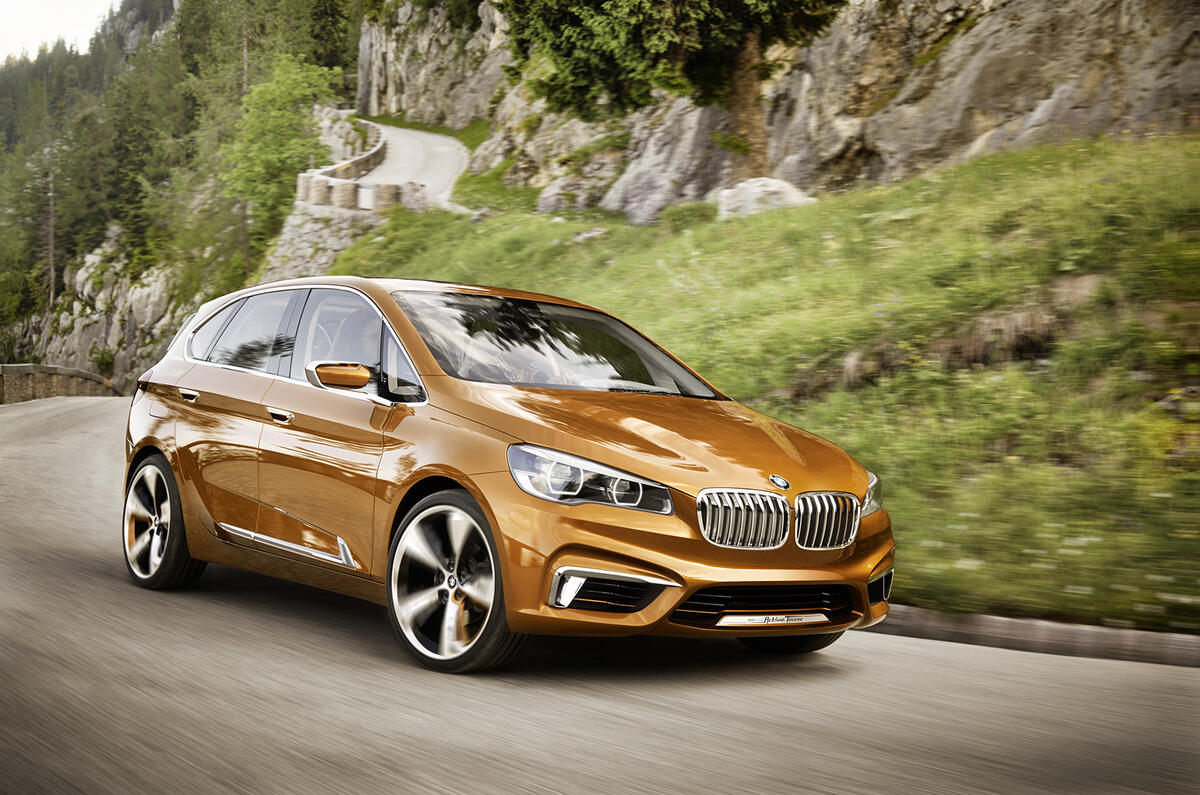
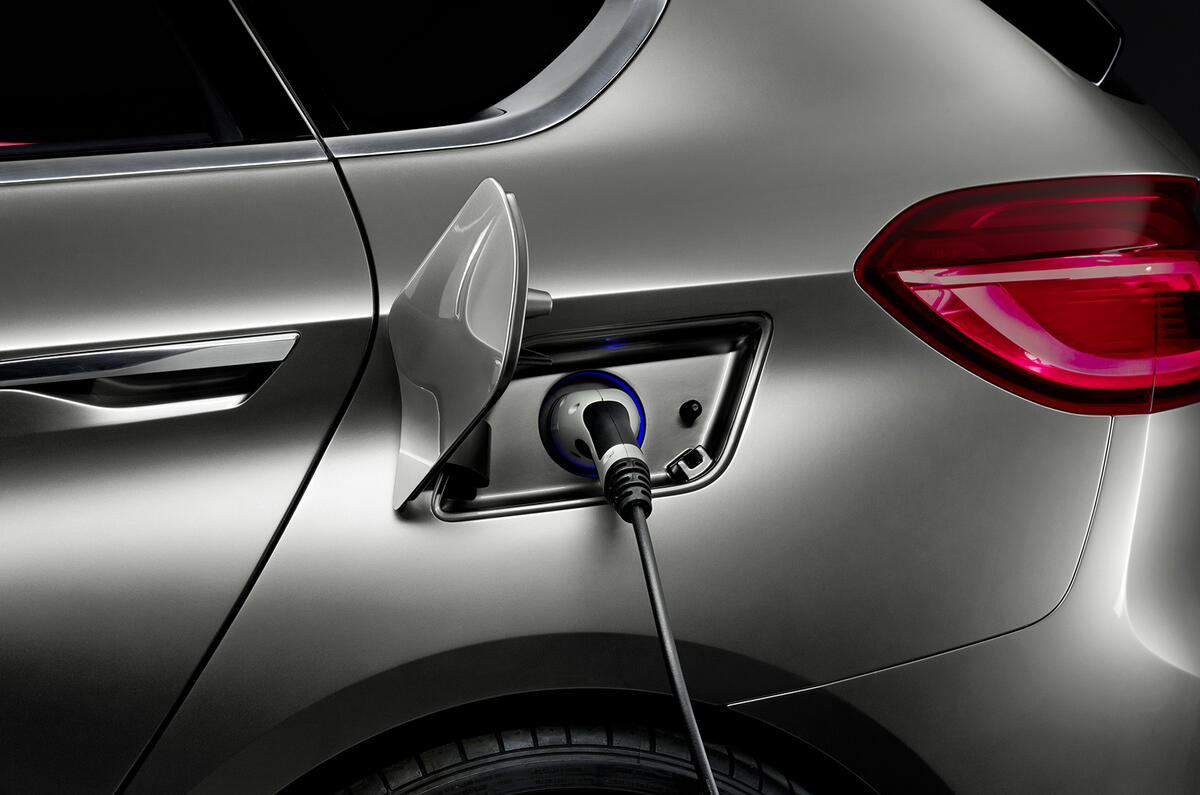

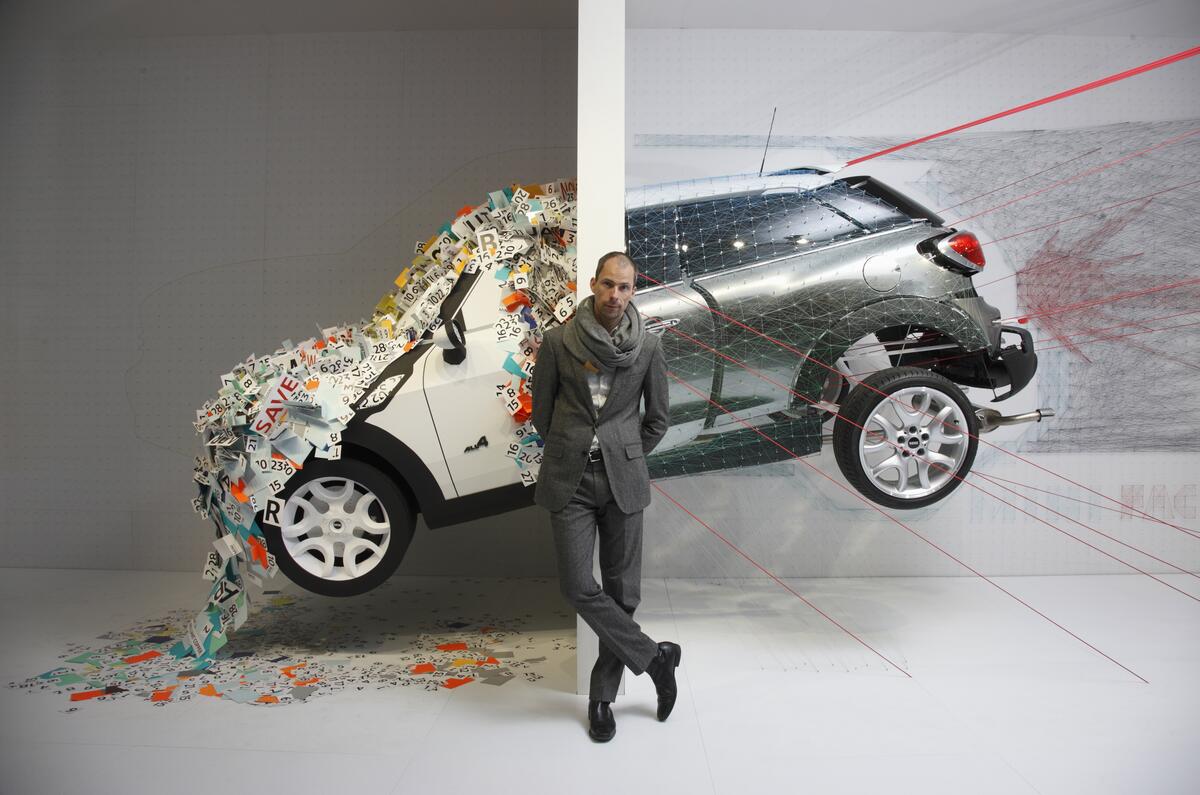
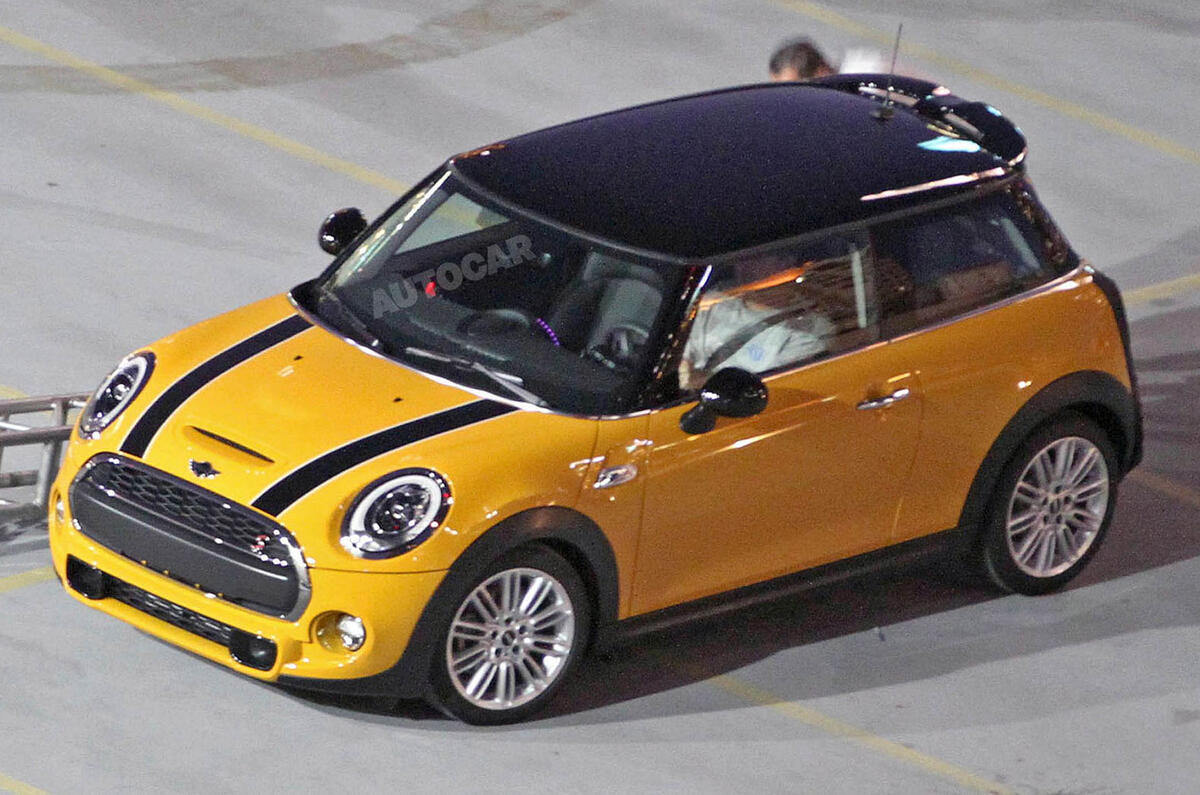
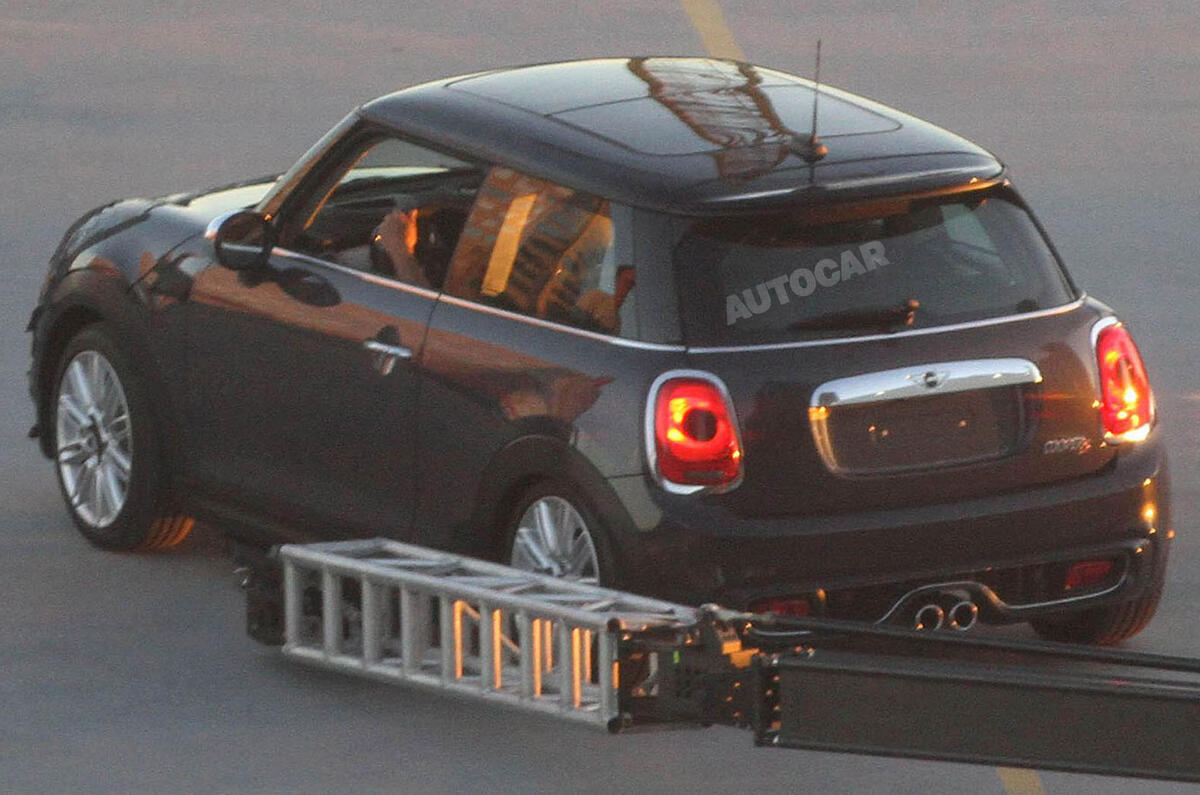
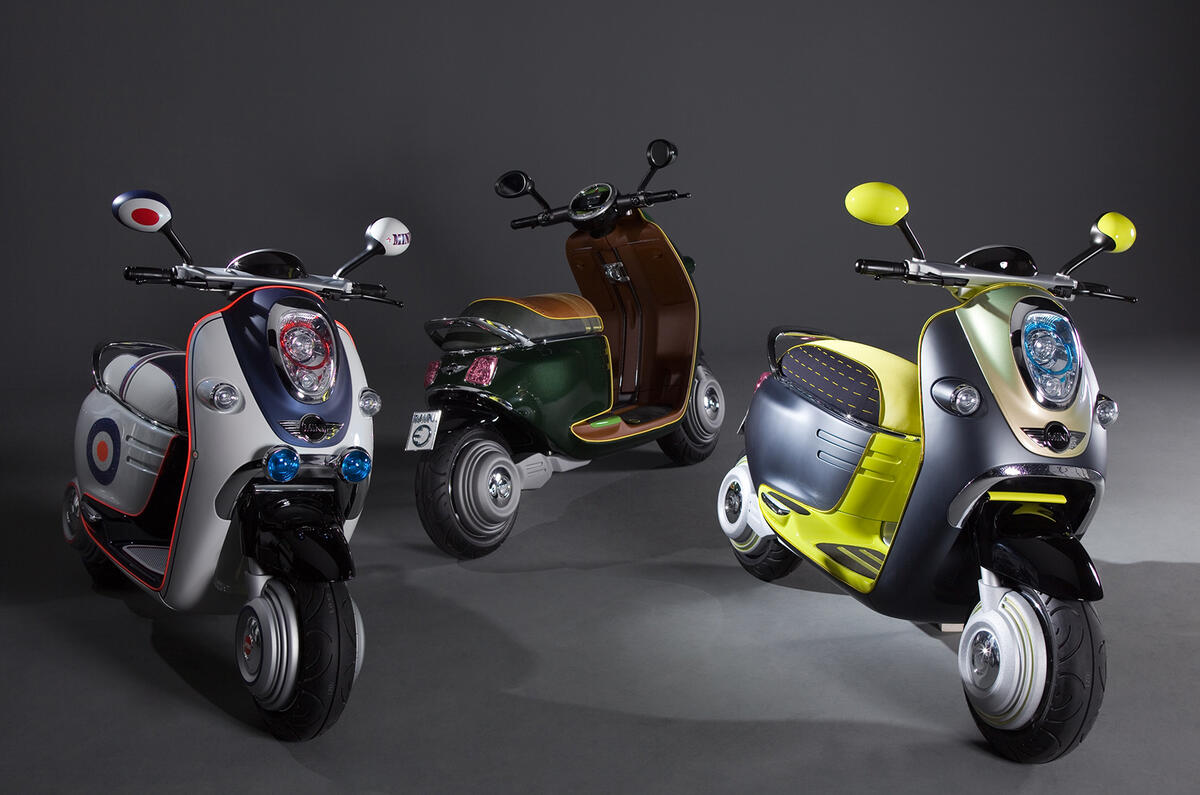
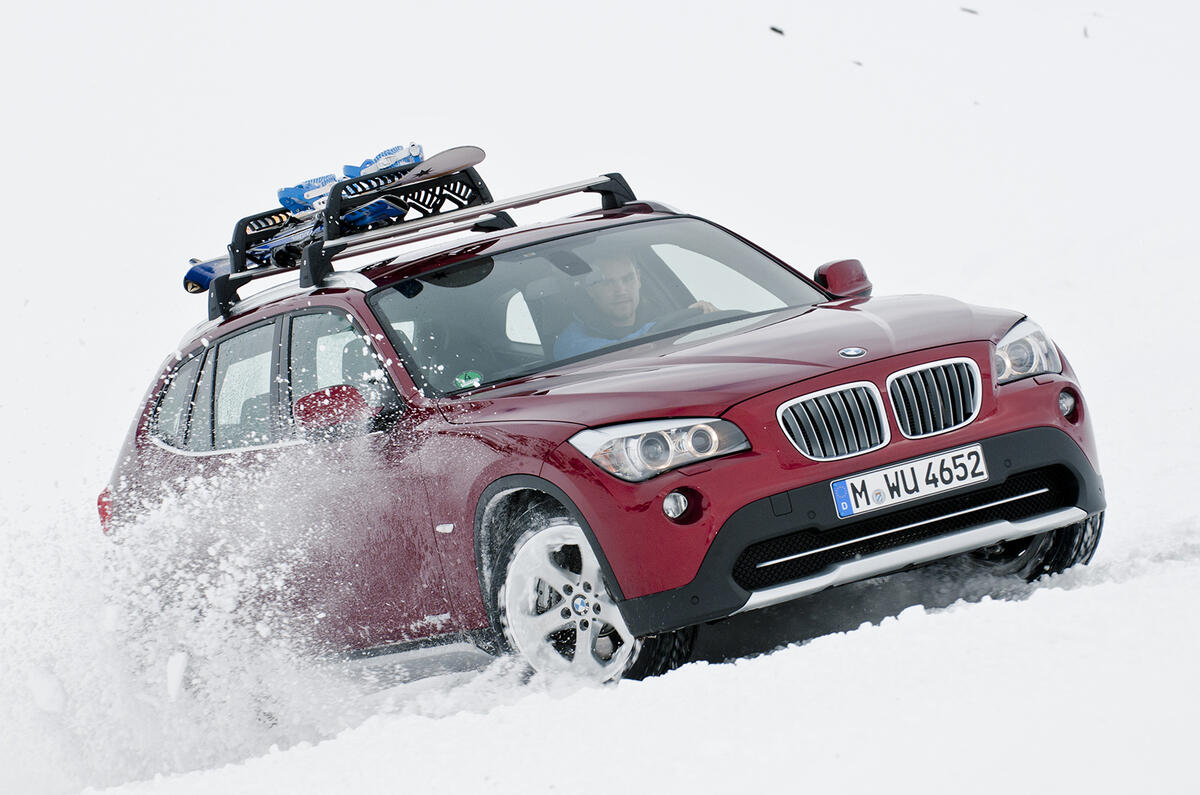
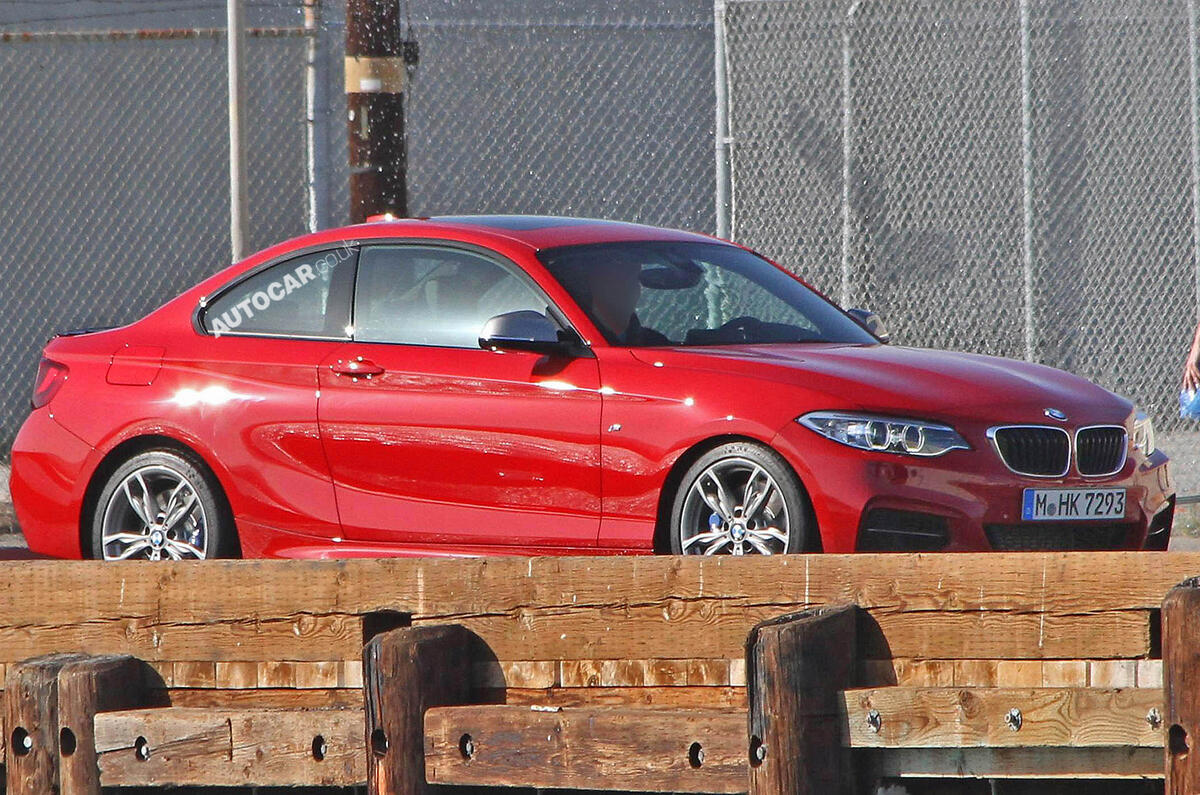
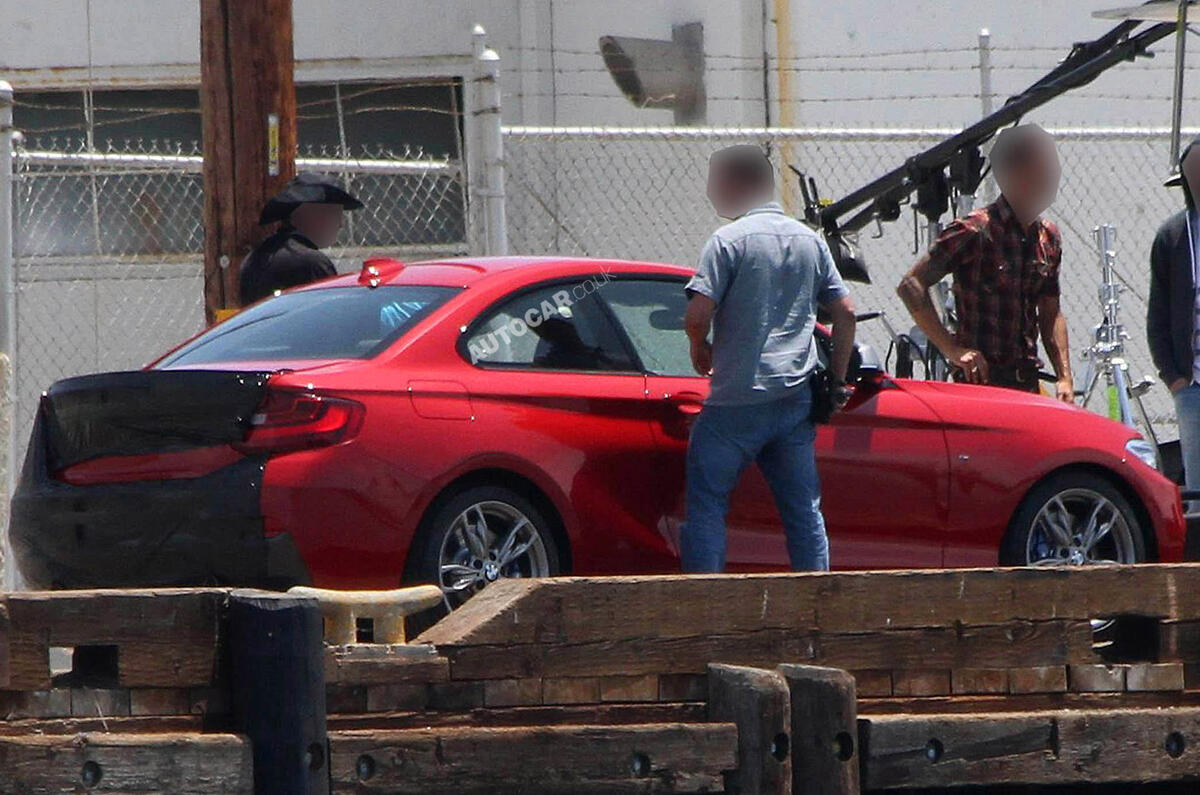
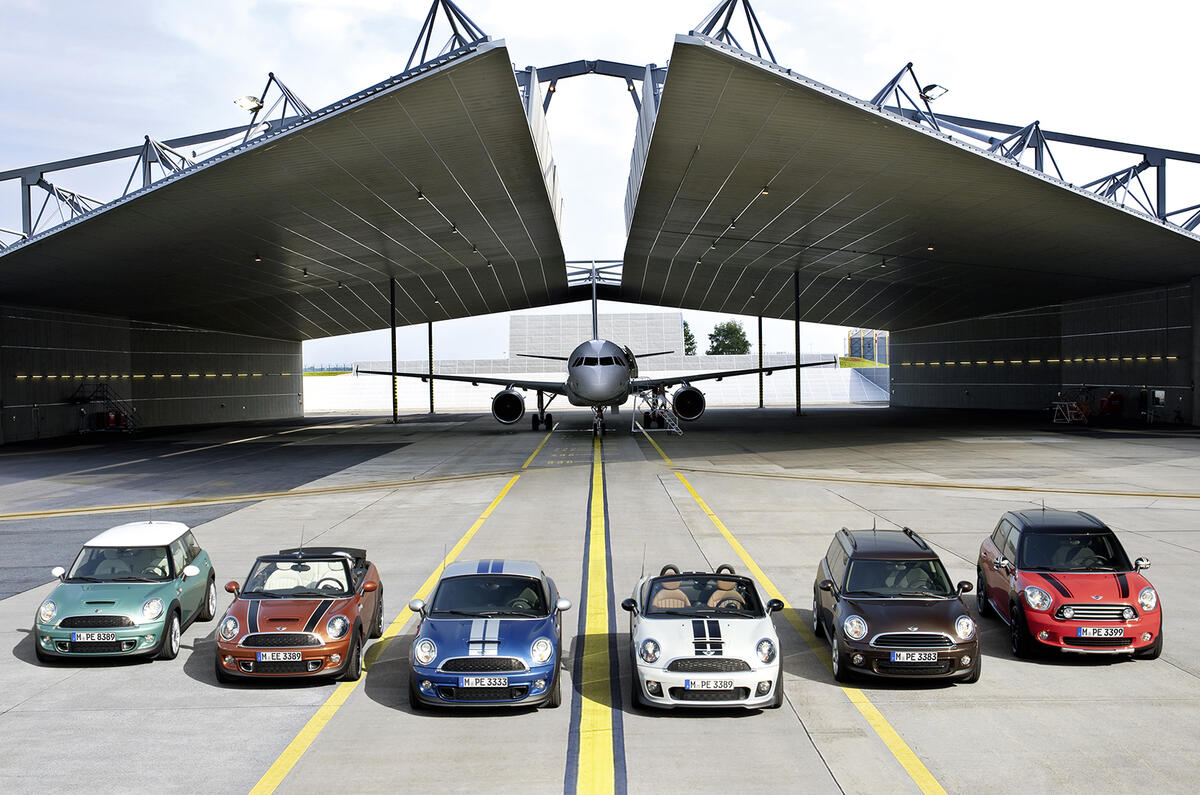
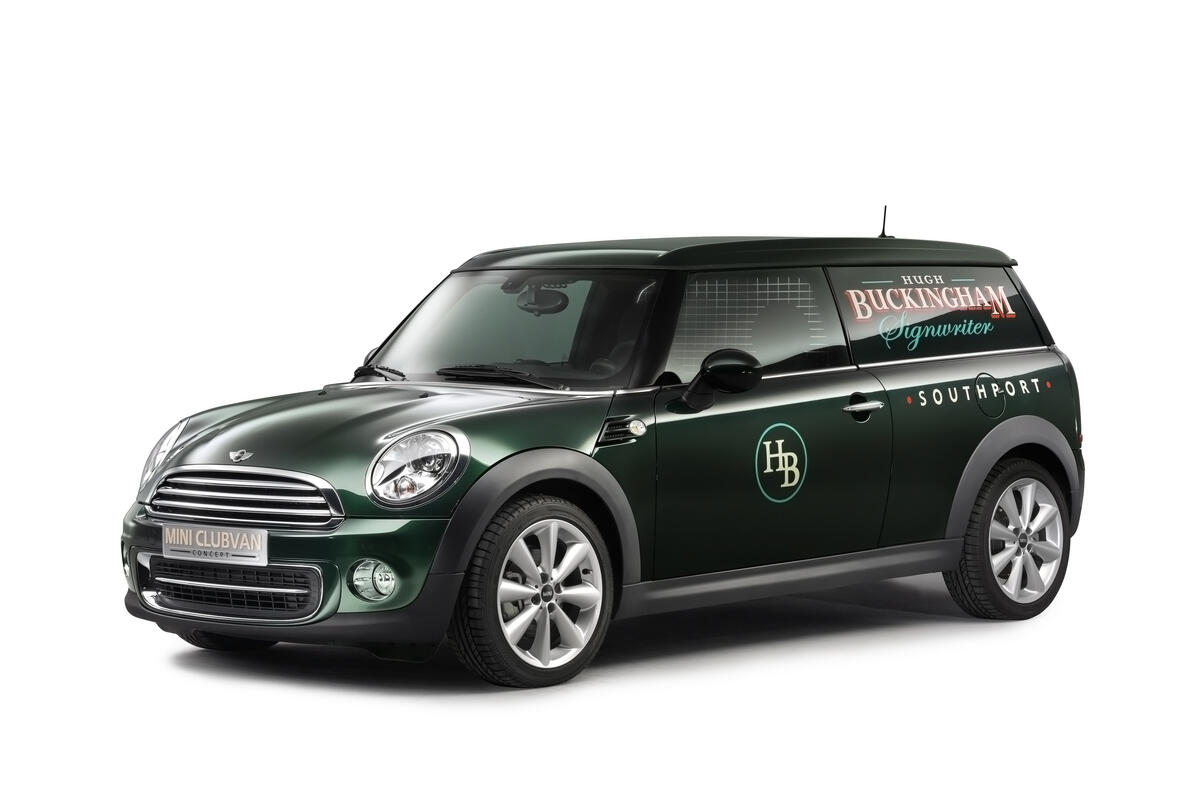
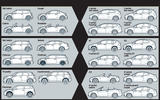

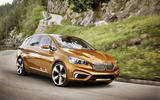
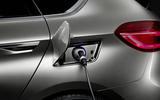
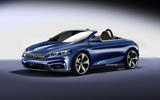
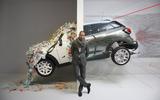
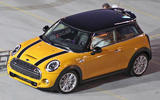
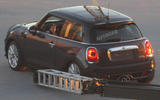

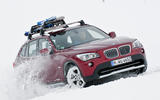
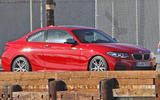

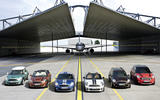
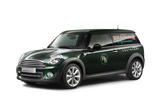



Join the debate
Add your comment
Einarbb wrote: Some people
Your beloved audi uses Skoda platforms, yet that doesn't stop you all from queueing outside their steel and glass showrooms, pen in hand ready to sign up for a lease hire A3.
Jaguar ended up with an AWD vehicle. Only for the concession to company car drivers being the diesel, and the fact that they couldn't accomodate it with AWD or (initially) an autobox meant it became Jag's first FWD.
The fact of the matter is, I'd bet if BMW changed the 1 and 3 series tomorrow to FWD, the sheeple wouldn't care, they'd still flock and buy them in droves, as they feel it sticks two fingers up to the neighbours.
This, sadly, is the society we live in.
sirwiggum wrote: Your
+1
Brand images are all about perceptions
You need to keep that in mind. But brand image is a perception, and cheapening of a brand most certainly is a perception just the same. Ranger Rover is getting away with selling a Free Lander coupe as RR product. But will BMW get away producing FWD BMW in direct competition with bread and butter brands, in comparable volume? That one brand succeeds does not mean the next will. Once you have cheapened the brand, lost the image - - if may be hard to get it back. It's a very tricky thing to manage - brand image. Especially when a "premium brand" intends to go for such volumes. At the same time, the bread and butter brands are trying to become "premium." Somebody is going to lose the plot. I'm not saying BMW assuredly will. Only stating it's treading dangerous grounds
Be a real shame if the 2
Be a real shame if the 2 series goes front drive, leaving the 3 series being the smallest RWD.